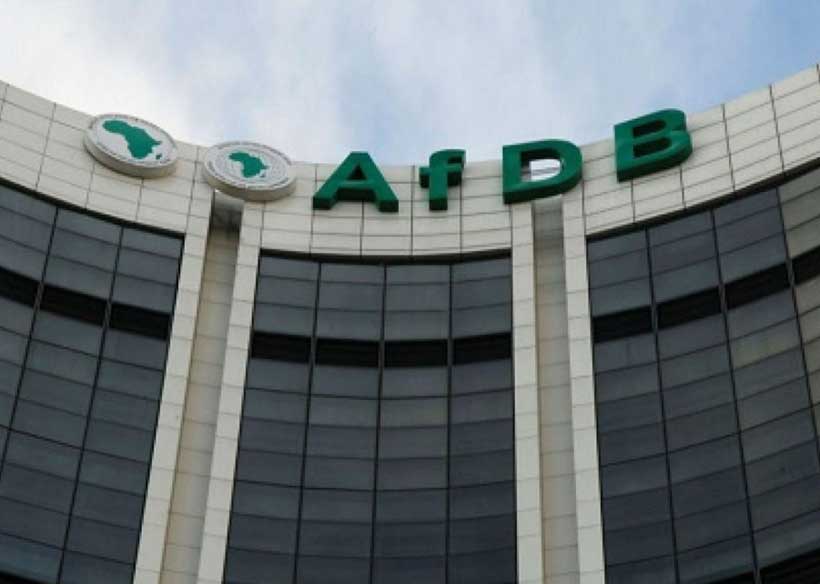Non-interest income drives banks’ profits
ZIMBABWE’S banking institutions recorded aggregate profits of $4,55 trillion for the period ended June 30, 2023 largely driven by non-interest income, which constituted 92,51 percent of total income underlining the continued resilience of the sector on the back of a broad range of complementary fiscal and monetary stabilisation measures.
In the 2023 Mid-term Monetary Policy statement, Reserve Bank of Zimbabwe (RBZ) Governor Dr John Mangudya noted that all banking institutions were profitable in the period under review.
Reserve Bank of Zimbabwe (RBZ)
The growth in the banking sector income largely emanated from non-interest income, which constituted 92,51 percent of total income or $6,01 trillion as of June 30, 2023.
Added to that, banking sector loans and advances increased by 7,9 times from $1,29 trillion as of December 31, 2022 to $10,19 trillion as of June 3
The increase was largely attributed to an increase in foreign currency-denominated loans, which constituted 94 percent of the sector’s loan book.
Dr Mangudya said as of June 30, the sector’s average prudential liquidity ratio was 59,88 percent, largely reflecting high stock of liquid assets in the sector.
“Total deposits increased from $2,29 trillion as of 31 December 2022 to $14,66 trillion as of 30 June 2023. The increase was mainly driven by growth in foreign currency deposits. Commercial banking sub-sector deposits constituted 87,75 percent of total banking sector deposits. Foreign currency deposits accounted for 88 percent of total deposits as of 30 June 2023,” he said.
The central bank says the sector continued to demonstrate resilience on the back of a broad range of complementary fiscal and monetary stabilisation measures, to foster and enhance price and financial stability.
That resilience is also anchored on banking institutions’ continued ability to adapt to the dynamic operating environment by reconfiguring their business models, including the digitisation of banking services.
“This has gone a long way in providing convenient and modern banking services to the banking public, as well as fostering inclusivity,” said Dr Mangudya.
The mid-term monetary statement reveals that the banking sector performance remained satisfactory, as reflected by adequate capitalisation, strong asset quality, adequate liquidity and sustained profitability, among other key financial soundness metrics.
On capitalisation, in the period under review, the banking sector was adequately capitalised and all banking institutions complied with the prescribed tier one and minimum capital adequacy ratios of eight percent and 12 percent respectively.
“The average capital adequacy and tier one ratios were 40,48 percent and 35,35 percent respectively. Aggregate core capital increased from $611,11 billion as of 31 December 2022 to $5,05 trillion as of 30 June 2023. The growth in core capital was mainly attributed to capitalisation of retained earnings.
“The retained earnings for some banking institutions are largely composed of revaluation gains from investment properties and translation gains from foreign exchange-denominated assets.”
As of June 30, 2023, 15 out of 18 banking institutions excluding POSB, reported core capital levels that were above the minimum capital requirements.
The deadline for compliance with the minimum capital requirements by non-compliant banks was extended by a further 12 months to December 31, 2023, to allow for the completion of the recapitalisation processes.
According to the central bank thresholds tier one banks, large indigenous commercial banks and all foreign banks are now required to have US$30 million minimum capital.
Tier two commercial banks, merchant banks, building societies, development banks, finance and discount houses are now required to have a US$20 million minimum capital, while Tier three deposit-taking microfinance banks, such as Get Bucks, are required to have US$5 million minimum capital.
According to the report, Standard Chartered Bank’s compliance will be addressed through the acquisition of the banking institution by FBC Holdings Limited (FBCH), which is being finalised.
FBC Holdings
The Governor said ZB Building Society capitalisation is also dependent on the outcome of the current strategic initiatives within the Group.
Dr Mangudya said banking institutions are employing several capital preservation strategies, which include investing in gold coins and investment properties, lending in US dollars, as well as maintaining a portion of their capital in US dollars.
However, he noted that the central bank continues to monitor capitalisation of banking institutions, given that a well-capitalised banking sector is an engine for sustainable economic growth and development.
The mid-term monetary statement further notes that foreign currency-denominated loans constituted 94 percent of the sector’s loan book.
The aggregate banking sector loans and advances increased by 7,9 times from $1,29 trillion as of 31 December 2022 to $10,19 trillion as of June 30, 2023.
“Total loans to total deposit ratio for the banking sector remained relatively stable at 55 percent as of 30 June 2023 from 55,67 percent at the end of 2022.
“The foreign currency loans to foreign currency deposits ratio was 60 percent during the same period,” it said.
The banking institutions continued to contribute to economic recovery and growth by channelling resources to the productive sectors of the economy.
The statement indicated that the loans to the productive sectors constituted 77,67 percent of total loans as of June 30, 2023.-chronicle










